Description
Produce fuel from plastic
Introduction
La pyrolyse plastique est un procédé de distillation permettant de transformer des déchets plastiques en carburant. Les déchets sont chauffés à plus de 400°C dans une première cuve et se transforment en gaz. Selon les températures de condensation (refroidissement) de ce gaz, on obtient différents types de carburant : - entre 390 et 170°C, le gaz condensé produit du gazole (diesel). - entre 210 et 20°C, le gaz condensé produit de l'essence. - en dessous de 20°C, il reste du gaz résiduel incondensable qui peut servir à alimenter la chauffe du procédé.
Dans le cadre de ce prototype, On utilise uniquement du polypropylène (PP) et/ou du polyéthylène haute densité (PEHD) et basse densité (LDPE). A noter qu'une majorité de polypropylène donnera plus d'essence, de même qu'une majorité de polyéthylène donnera plus de diesel. Il est cependant possible de mélanger les deux.
Matériaux
- 1 large stainless steel tank with lid
- 3 small stainless steel tanks
- copper pipes (diameter 6mm)
- 7 copper uniseal joint (for watertightness of joints)
- O-ring (for watertightness of tanks)
- Plastic waste PP and/or HDPE/LDPE
Outils
- Solder
- A heating system (min. 400°C)
- butane/propane gas canister (375mL)
Étape 2 - Preheat the second tank
Preheating is necessary. It allows for the condensation of gases at high temperature before passing through the last two tanks.
Étape 3 - Formation of residual gas
Let plastic waste consume itself until non-condensable gas forms. It comes as an addition to the gas initially used. For this test, 125mL of canister gas has been used, to which has been added residual gas.
Étape 4 - Retrieval of fuel
Here, the machine was heated during roughly one hour. Switch off the system and let it cool down before opening the tanks. We get around 125mL of fuel in tank n°2 and 30mL of fuel in tank n°3.
- Result of test to confirm in the lab
Étape 5 -
Vous avez une minute ? Que vous souhaitiez ou non réaliser cette low-tech, votre réponse à ce formulaire nous aiderait à améliorer nos tutos. Merci d'avance pour votre aide !
Comme tout le travail du Low-tech Lab, ce tutoriel est participatif, n'hésitez pas à ajouter les modifications qui vous semblent importantes, et à partager vos réalisations en commentaires.
Notes et références
https://en.wikipedia.org/wiki/Pyrolysis
Published
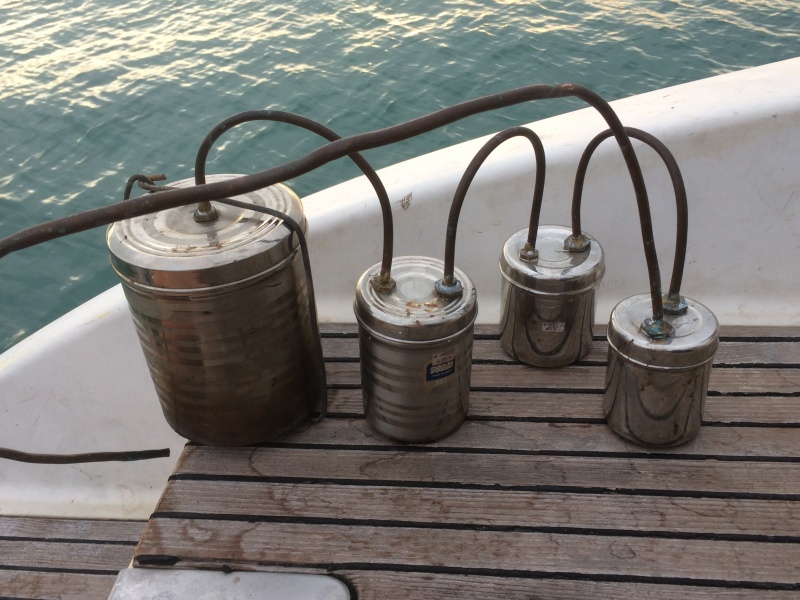
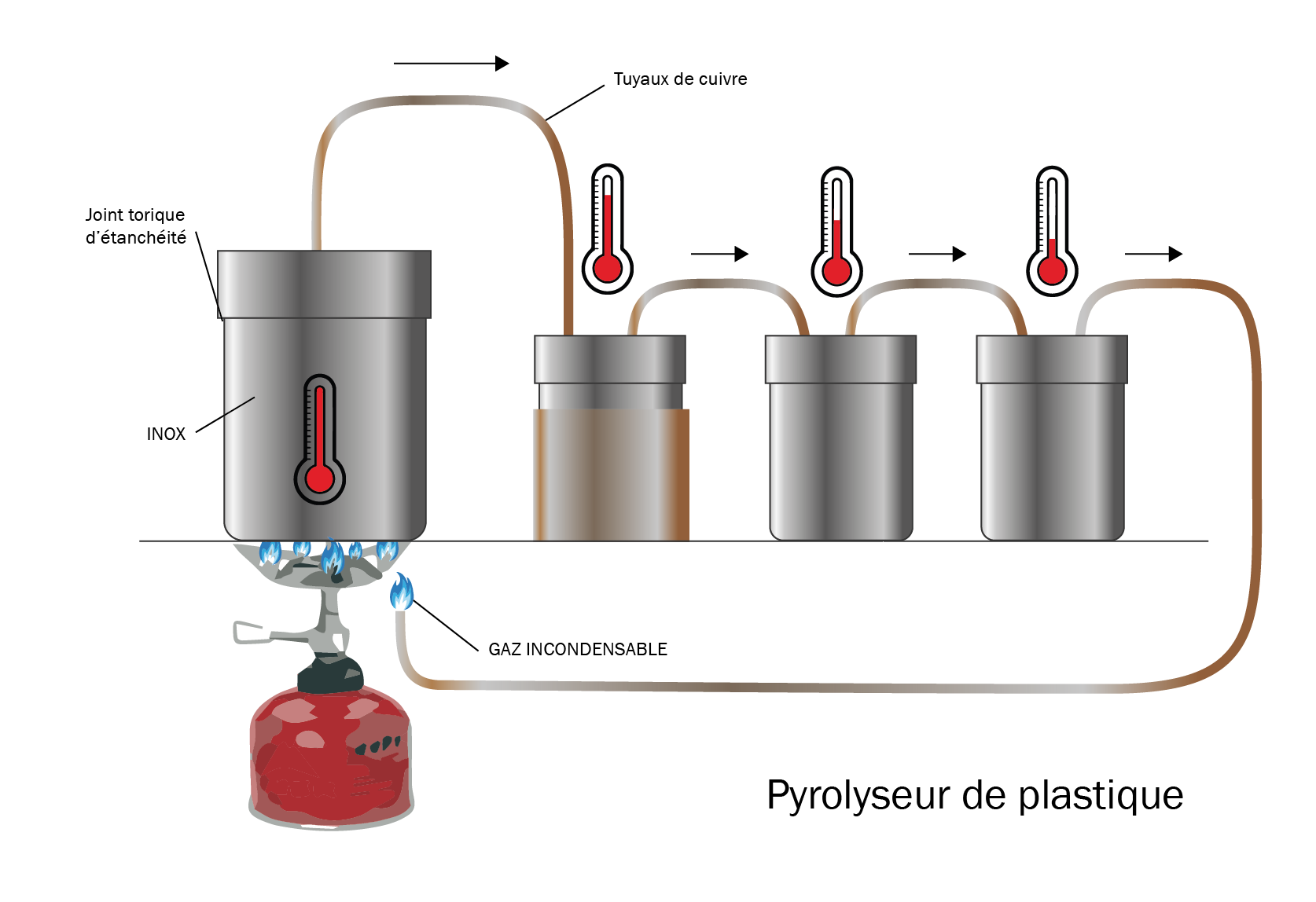
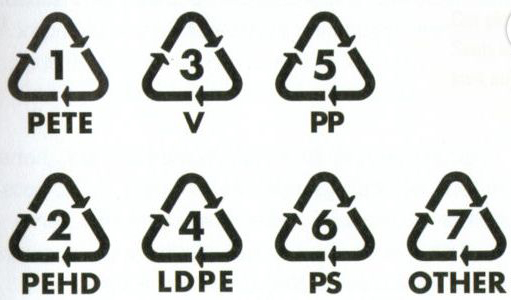
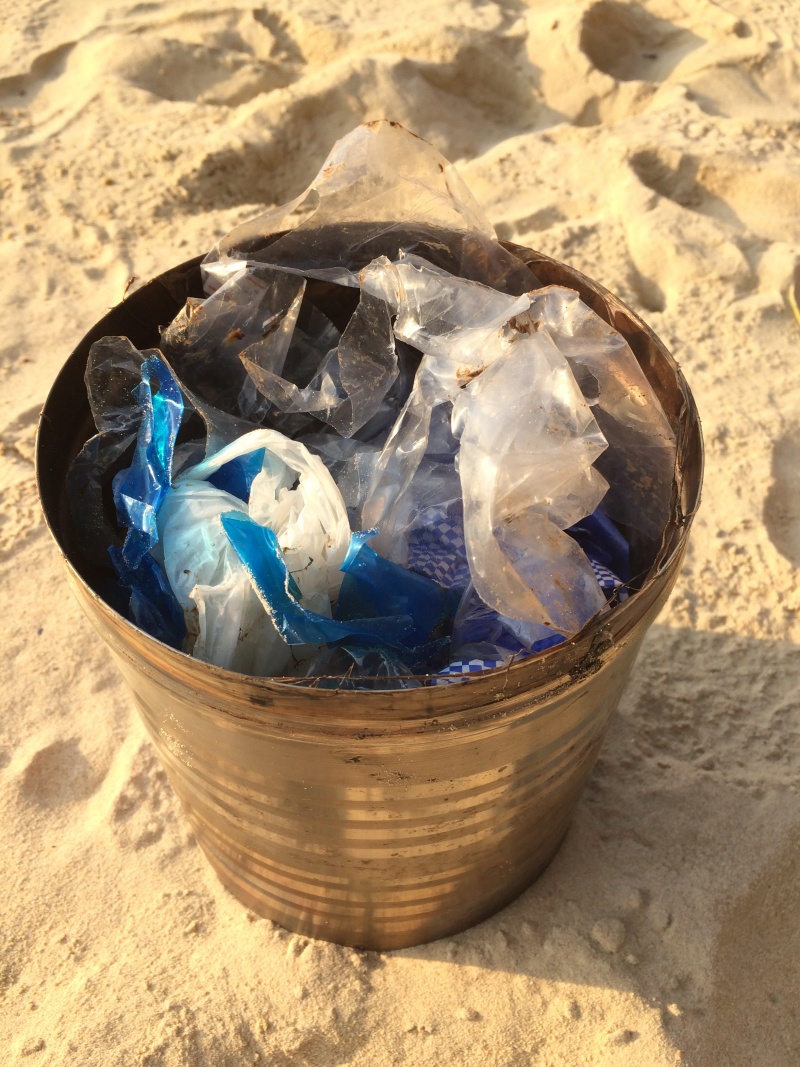
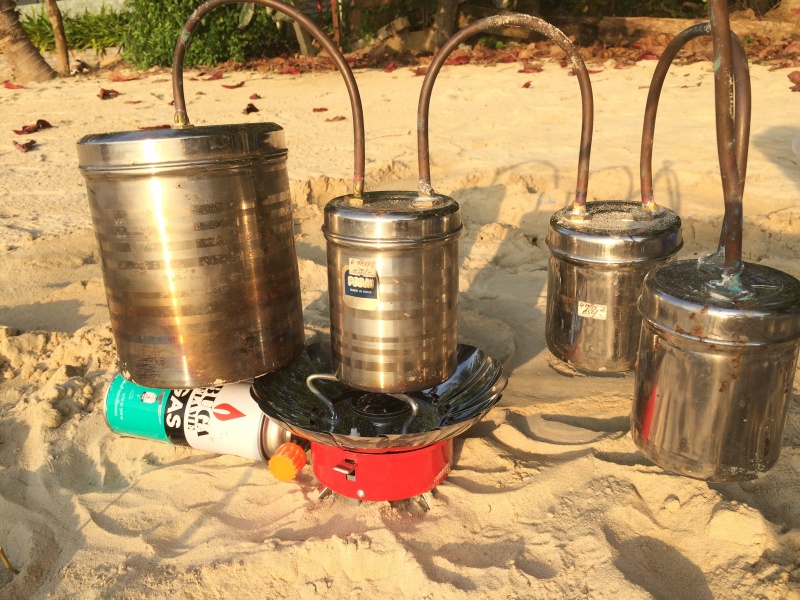
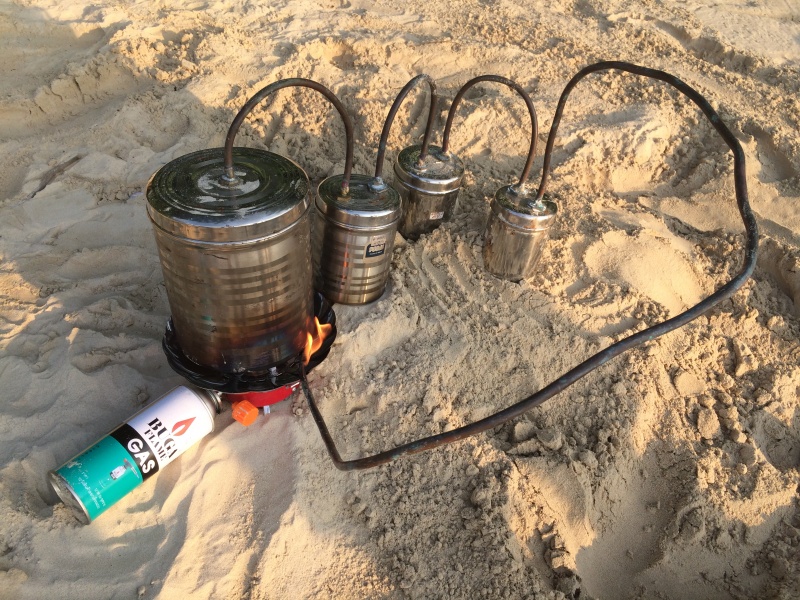
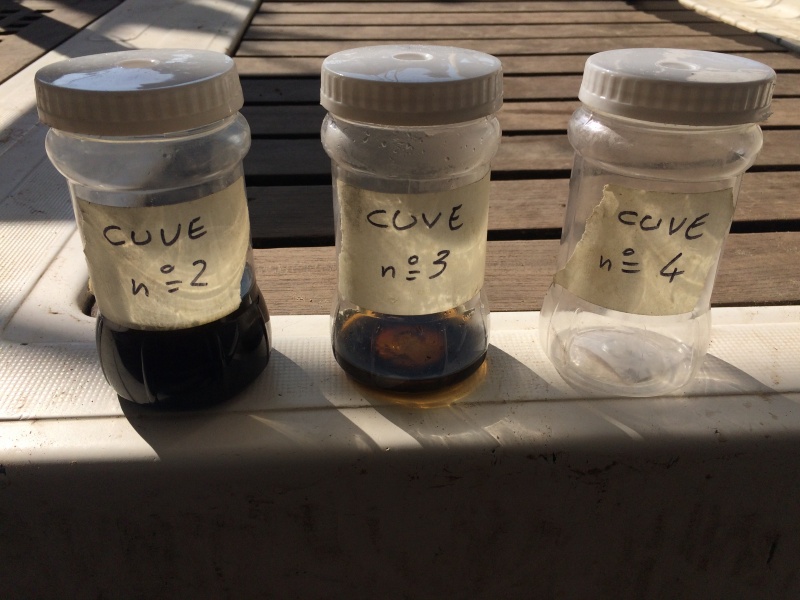
 Français
Français English
English Deutsch
Deutsch Español
Español Italiano
Italiano Português
Português